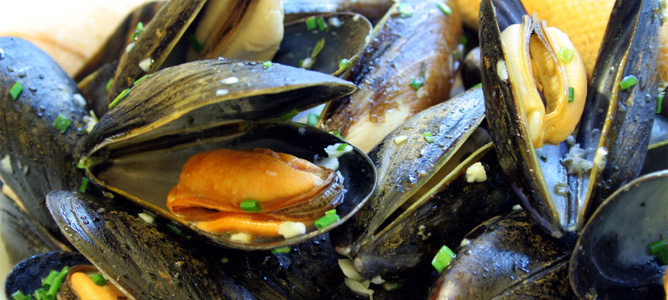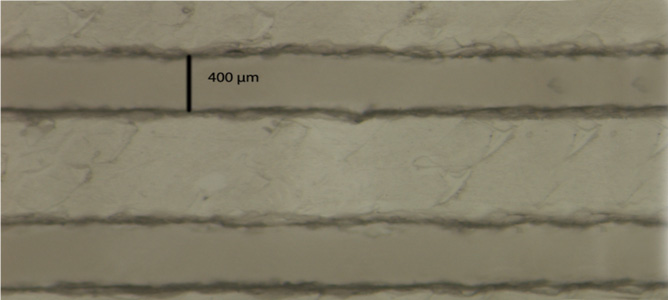Enhancing Victorian mussel farms’ profitability


1: 3-dimensional polymer structure for research in mussel farming
February 2012
Utilising the Objet 3D printer for rapid prototyping, researchers at MCN in a collaboration with CSIRO and James Cook University, designed a 3D polymer structure to improve mussel spat capture and enhance the settlement of larvae to ultimately improve the profitability of Victorian mussel farms.
The project aimed to fabricate surface textures that enhance the settlement of mussel larvae, to improve capture of wild mussel spat and therefore profitability. Dr. Andrew Poole from CSIRO and Professor Rocky de Nys from James Cook University utilised the Eden 260V 3-dimensional printing system at MCN to create a fast, clean and accurate prototype of a polymer micro-structured surface. This flexibility in the rapid protoyping cycle allowed the collaborators to immediately change the texture design and produce new polymer surfaces to suit their research requirements. The image above depicts an image of the 400μm groove with 800μm spacing polymer structure that was produced on the 3-dimensional printing system. These surfaces are currently being used for trials at Queenscliff Mussel Hatchery (Department of Primary Industries).


